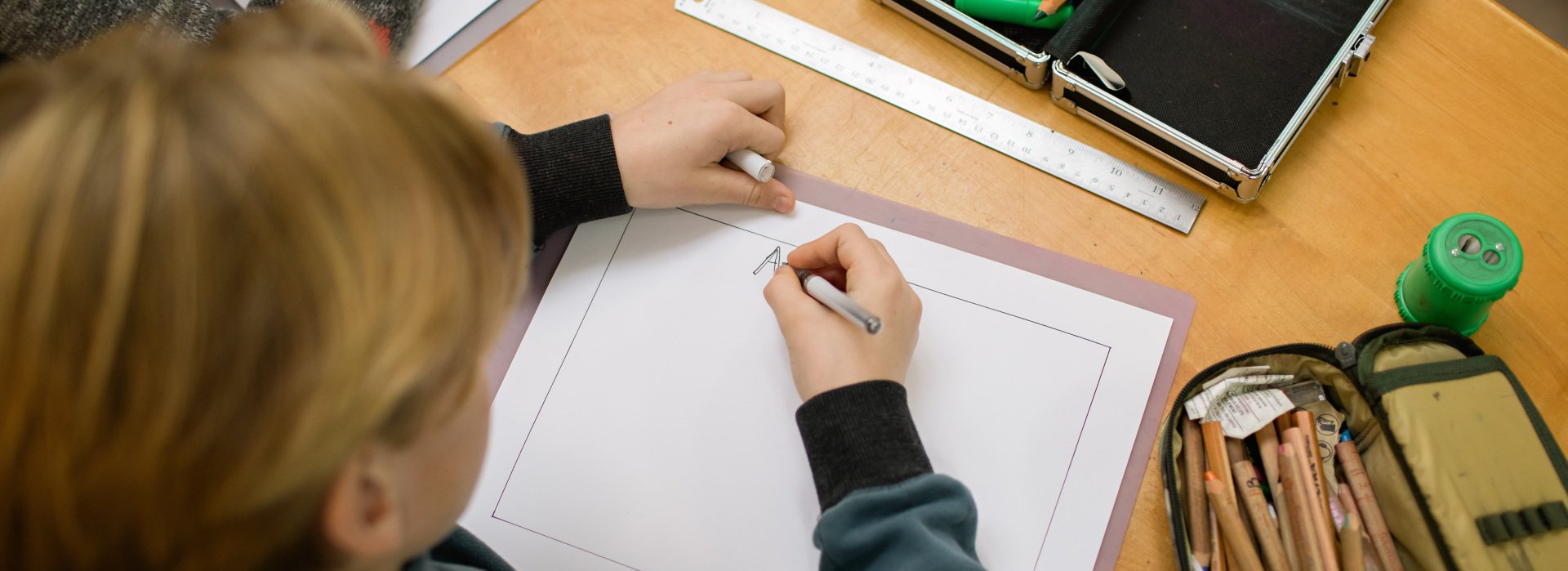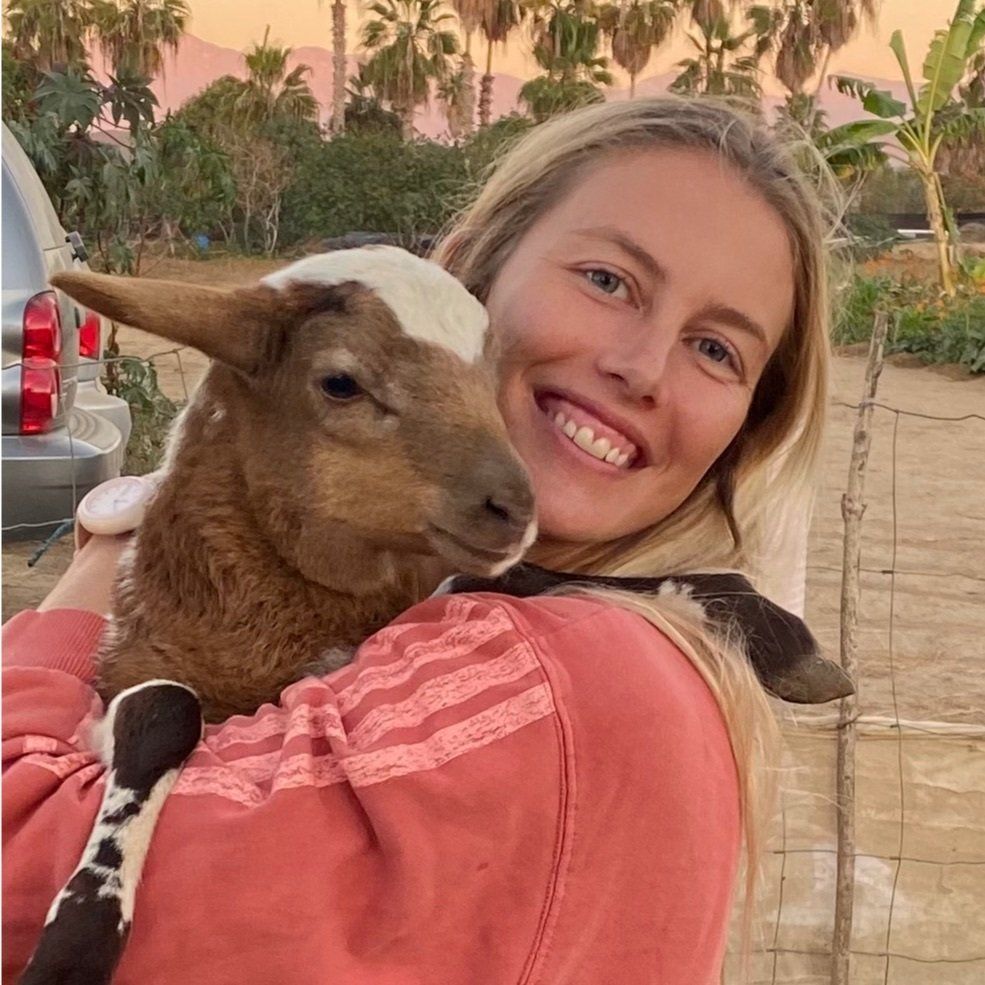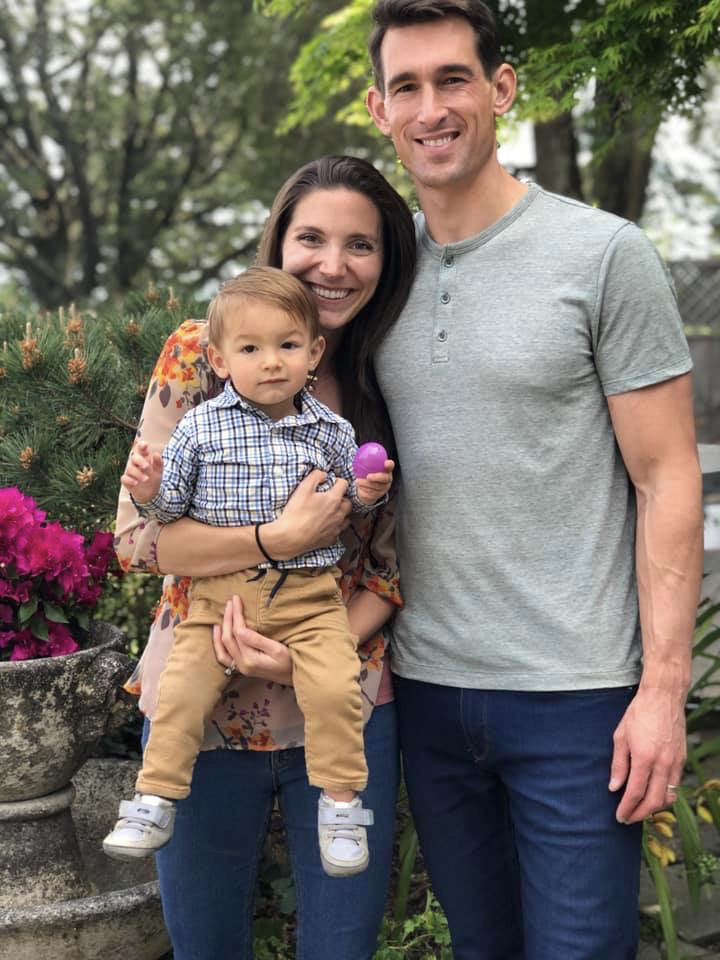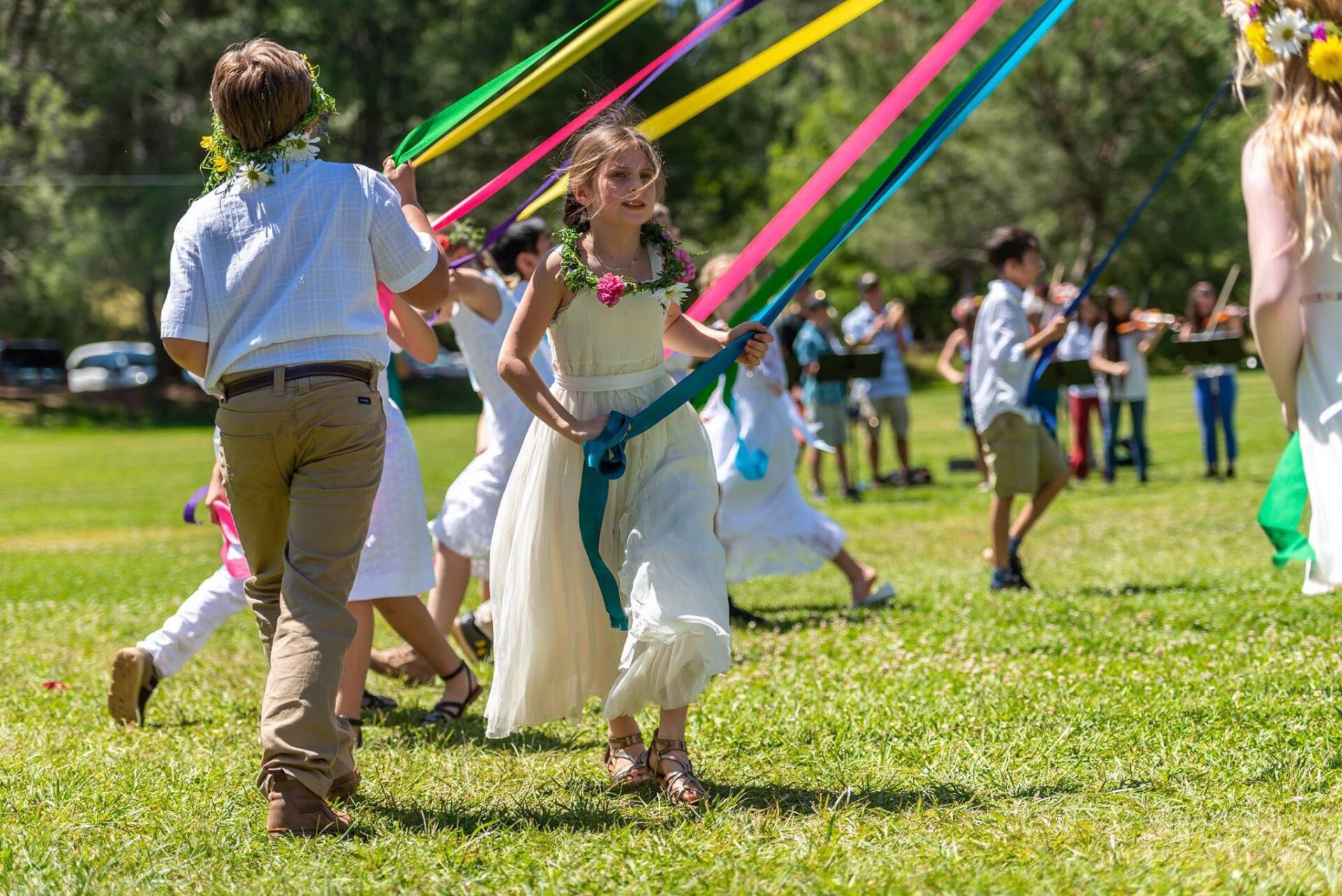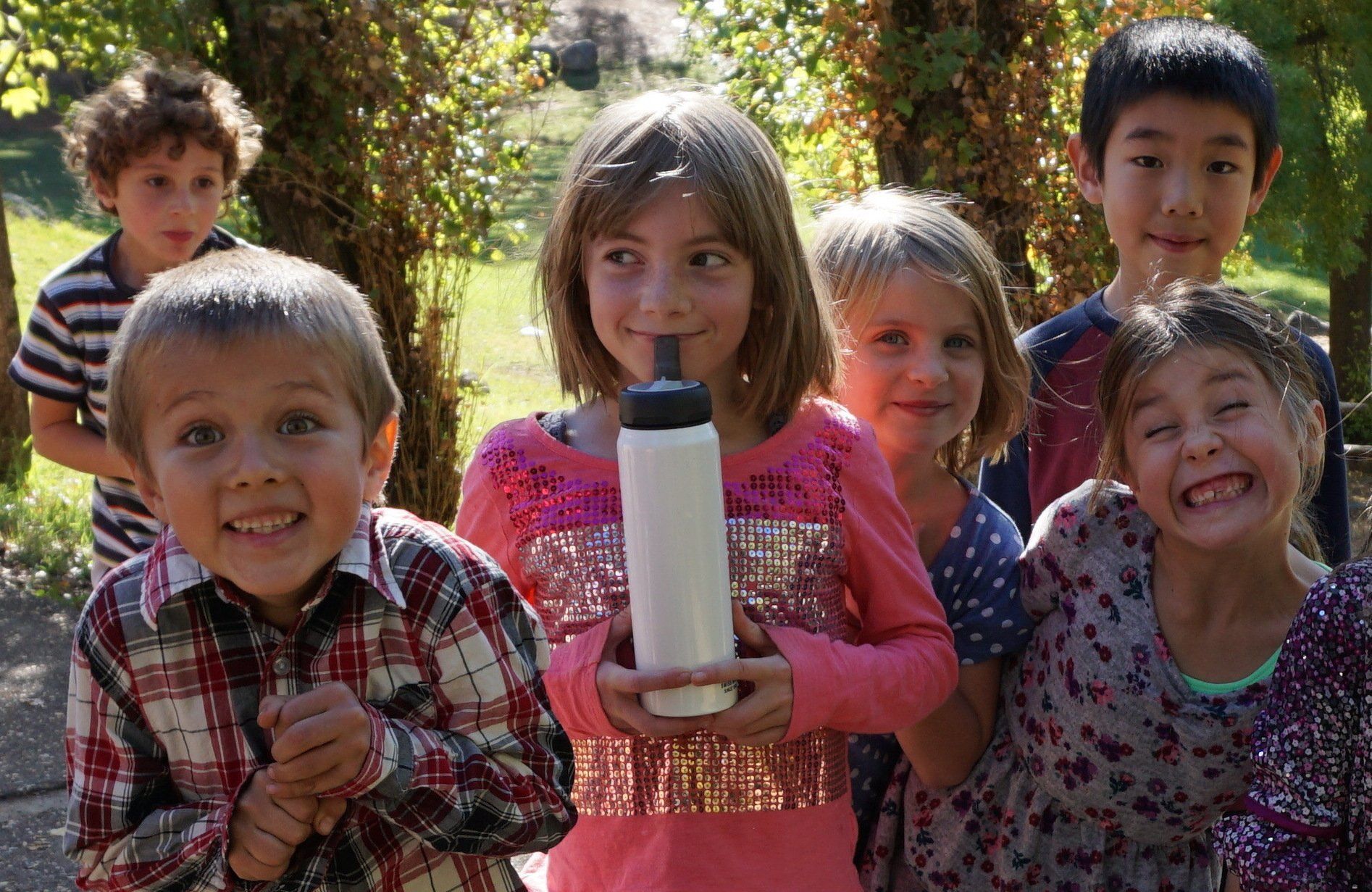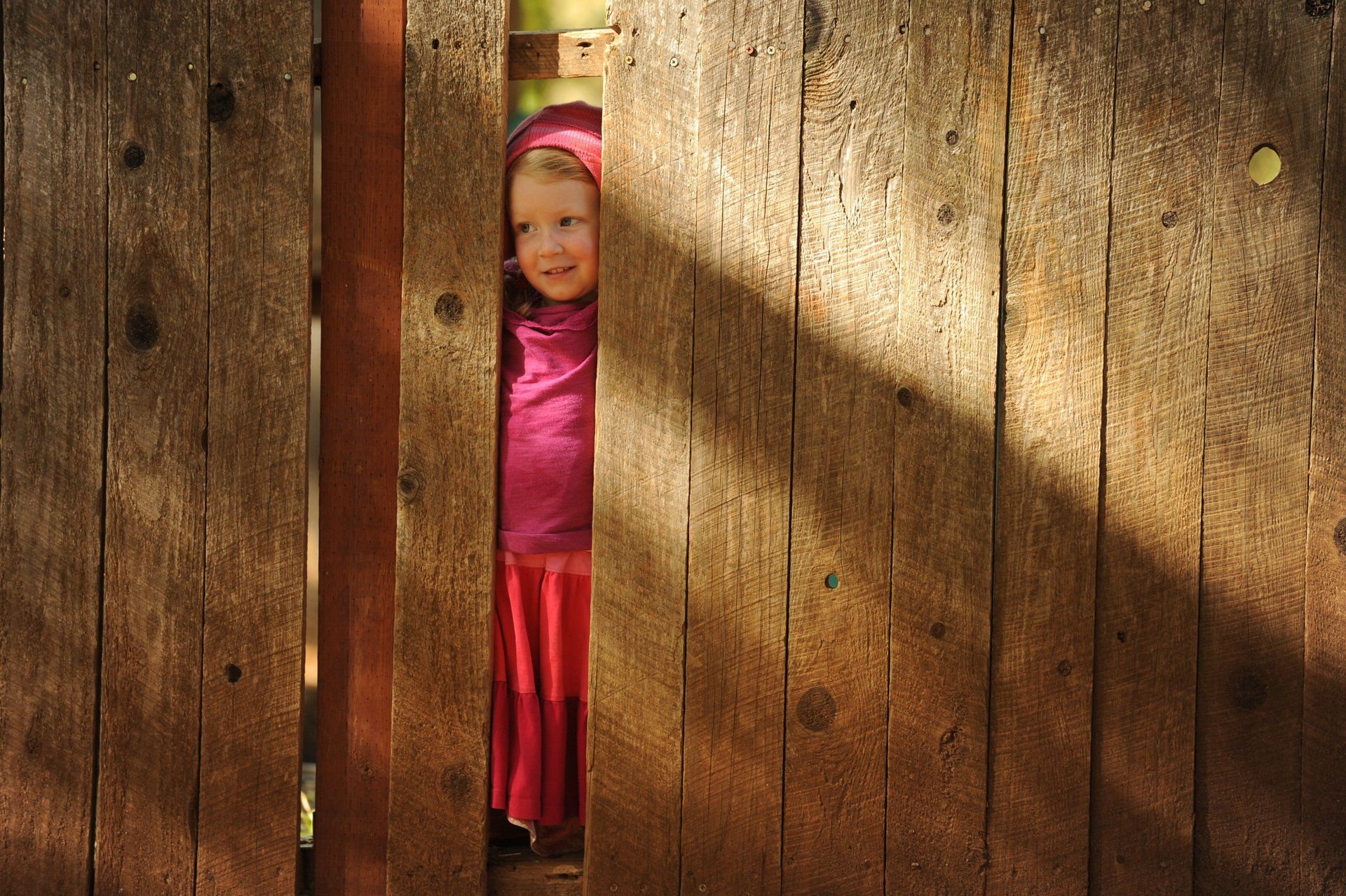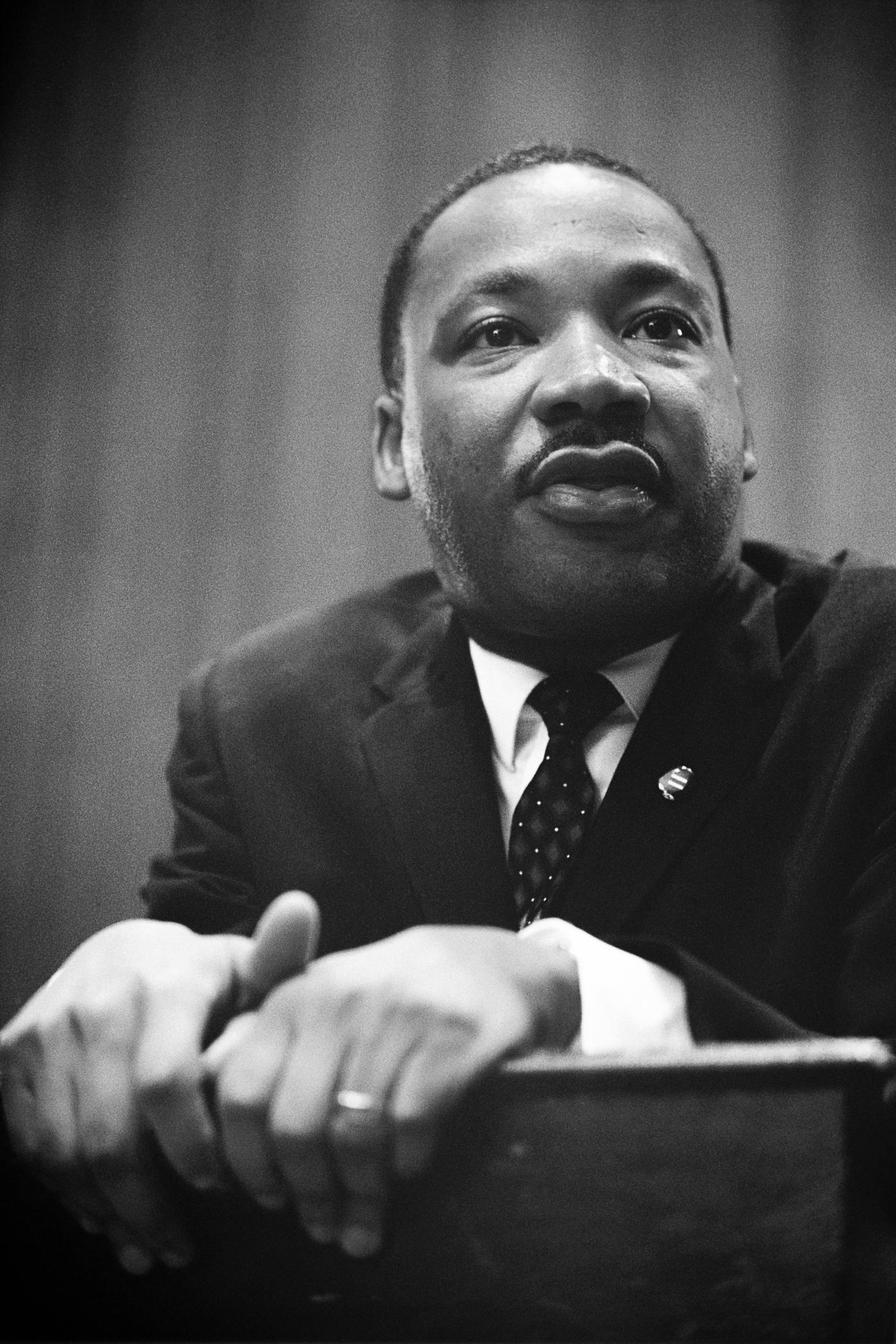Blog Post
Learn about the Heart: Feeling Forces in educating the head, heart and hands.
Rev Bowen • Dec 20, 2020
(2 of 3 in a series of The Head, Heart, and Hands)
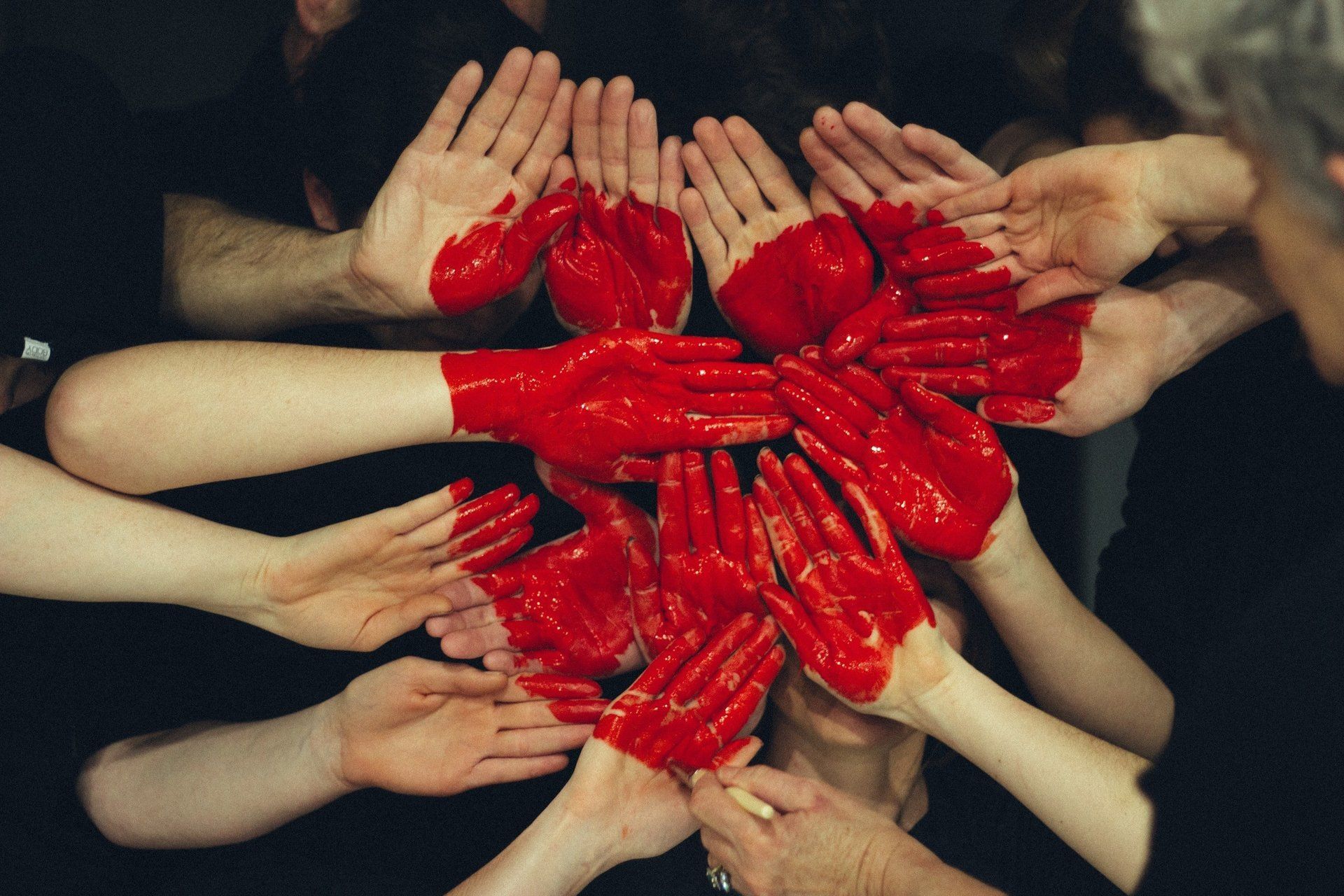
How many times have you felt fear, sadness, anger, or even rage when you really did not want to feel those things? You wanted to feel calmer, more centered, or grounded. Or, maybe instead of fear you wanted to feel courage and boldness. The point is: we have all found ourselves in situations wherein our emotions arise in ways or in magnitudes other than what we would have wished. Moreover, we can seem to have little control over our actions and reactions when this happens. Of course, I am not picking on the "negative" emotions. The same is true for positive emotions such as happiness and love. We just do not seem to have the need to control those feelings quite as often.
The feeling life can be a great mystery.
Remembering last week, we looked at the will forces, those forces that enable one to meet and overcome inner and/or outer resistance. We saw that in the young child these forces are completely unconscious, or "asleep". As we grow we have the opportunity to make a choice: we can stay asleep in our wills or we can develop greater and greater determination to choose what we will do consciously. We will never fully awaken the will forces, but we can become much more conscious than children can be in their early stages of development.
If we look at the body, we see the will forces epitomized in the limbs. The arms and legs stick out in space and do things. They walk and run and jump. They pick up, and hammer, and type. They use tools. The list goes on and on. And in keeping with this question of consciousness, we can be very much asleep in our wills and in the movement of our limbs. Sometimes we might focus on the activity of walking, but most of the time we are not conscious about this amazing coordination of dozens of muscles as well as the feat of dynamic balance in bipedal modality. We just walk.
When we look at the feeling forces, we see that these are still not fully conscious, but there is instead a sort of dreaminess, one could say. Even in young life, we become conscious that some feelings are unpleasant and others are pleasant. We discover that certain stimuli can "make us feel" different emotions. We even discover, to some extent, that we can begin to steer our emotions. Our emotions may sometimes feel like wild stallions, but sometimes they are harnessed and we have a chance of steering them. Easier said than done of course, but we have the ability!
If we look at the body, we see the feeling forces epitomized in the torso, the chest, the "heart" region (from the "head, heart, and hands" slogan.) What happens in the torso? We see the four cardinal organs at work—the heart, the lungs, the liver, and the kidneys. Likewise we see a picture of some consciousness and some unconsciousness. If we don't think about breathing, the body takes over. Or, we can choose to breathe differently. We can hold our breath to swim underwater. Or, we can hyperventilate. We can even control the heart rate, though not as easily as we can choose to move the hand. To "control" the heart rate, we can exert our will forces in ways like sprinting a hundred meters. Or, we can breathe slowly and meditate.
These are obviously not pictures of direct "control" of these torso functions. We are approaching these functions--breathing, heart rate, etc--through either our wills (exerting ourselves physically) or our thinking. Have you ever found yourself all worked up simply because of something you are thinking or remembering? Ultimately, the feeling forces are the Realm of the In Between. We can approach and/or affect the feeling forces, but we cannot access them directly. We have to do or think or experience something to feel emotions, not the other way around.
For the young person, this mystery can be overwhelming. If we do not endeavor to help young people learn about their feelings and how the feeling life works, then we leave them like rudderless rafts on a rising river. Teachers and parents can help children learn how to affect their feelings so that they can strive toward equilibrium when they need to do so. This starts at the very beginning.
Let's try a little feeling experiment right now. Try to consider what I will now write without feeling defensive or reactive. Baby pacifiers are a symbol of how we, as modern human beings, have forgotten about feelings--at least when they are used purely as pacifiers. Sometimes, especially when a child is not breastfed, the sucking action on a pacifier helps them developmentally. However, most often, the little "bingy" is used to mollify the child who is becoming emotional. How strange! This practice ignores a couple of important things, namely the need to express emotions and the need for the young child to explore the world orally. The latter can be a challenge in public places of course, but it is a natural and important phase of development. The former can set up a strange habit for life. Do we learn to express our emotions or, do we learn to suppress them and even ignore them? This is a fundamental question of tremendous import.
Moving forward with the assumption that we do express our emotions, then the young person can be helped to express emotions in healthy ways. We can say to a young person: "Do you feel really angry? Go outside and scream, or jump around, or throw rocks into the woods, etc." And we need to have done this ourselves so that they have a worthy model to follow. We can help them learn the habit, early in life, that it is virtually always best to express negative emotions in ways that will not directly hurt or impact others. By seeing our modeling and practicing this themselves, they become much more emotionally intelligent, rather than the victims to their own emotional variations.
When we express our emotions, we release the tension that can be associated with them. For the negative emotions, we need to do this in order to get to a place where we can address the root issue in a mature manner. For positive emotions, we get to enjoy the feelings when we express them and we learn to appreciate good things in life. When we reach greater emotional equilibrium, we can more readily face challenges, learn, interact with others, and develop healthy relationships. These apply to school work, of course, and to all areas of a human life. There are many, many opportunities to help growing children learn in this way. In Waldorf education, we recognize this need and seek to address it in ways that will support the child's emotional growth and maturity, setting them up for greater success and fulfillment in life. I will end with a popular poem by Rumi, a 13th century Persian poet and Sufi mystic.
The Guest House
This being human is a guest house.
Every morning a new arrival.
A joy, a depression, a meanness,
some momentary awareness comes
as an unexpected visitor.
Welcome and entertain them all!
Even if they’re a crowd of sorrows,
who violently sweep your house
empty of its furniture,
still, treat each guest honorably.
He may be clearing you out
for some new delight.
The dark thought, the shame, the malice,
meet them at the door laughing,
and invite them in.
Be grateful for whoever comes,
because each has been sent
as a guide from beyond.
#Liveoakwaldorfschool #waldorfeducation #theheadheartandhands #thefeelingforce #waldorflife
Share
Tweet
Share
Mail

By Rev Bowen
•
16 Jan, 2021
What happens when we hear a story? If our inner wills are strong, if our feeling life is flexible and rich, then we engage in a very important "thinking" activity: we imagine. This is not the same as fantasy or whimsical fancy. This is not mere creativity. Nor is this the same as intellectualizing. Thinking is not the means to simply acquire knowledge.
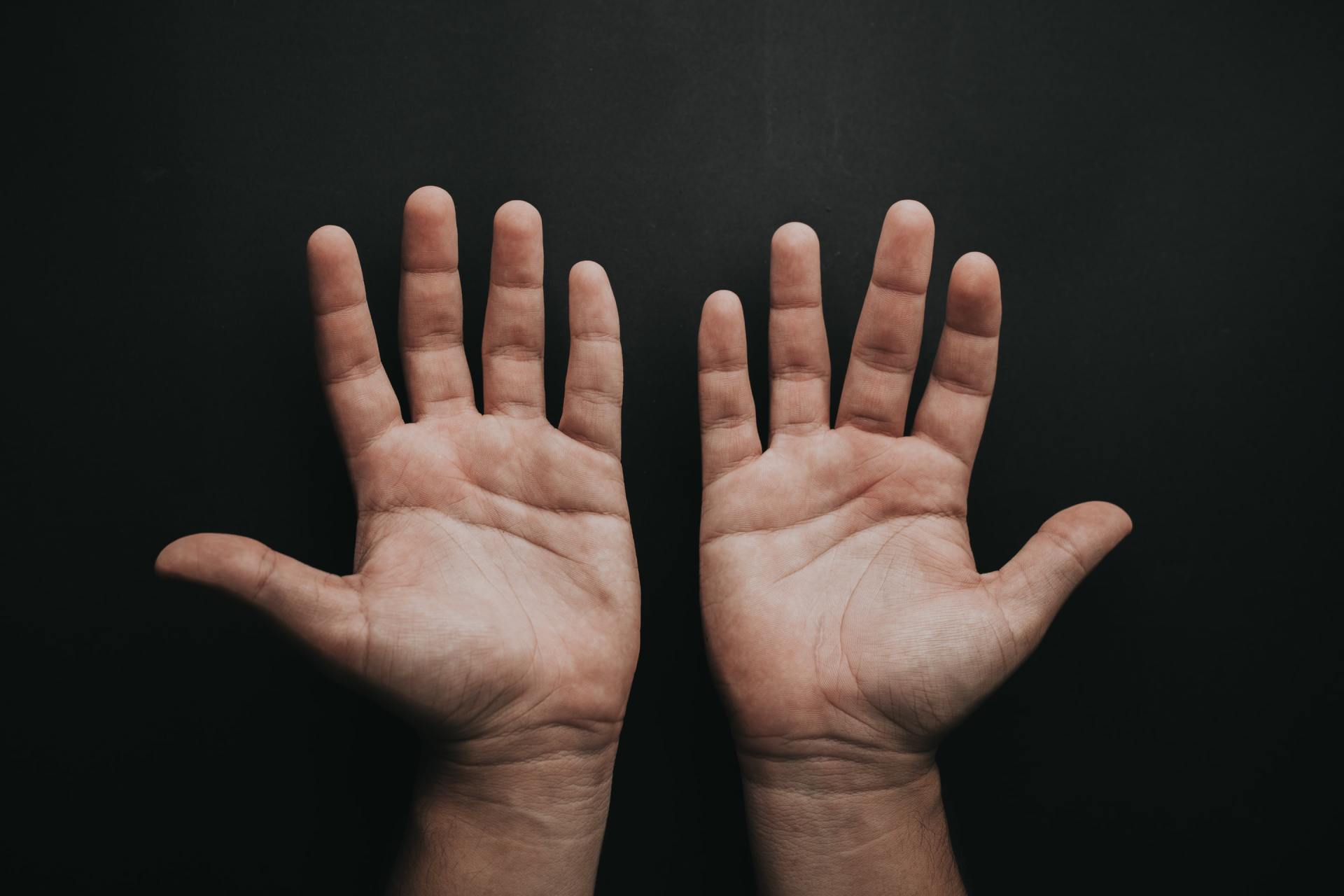
By Rev Bowen
•
14 Dec, 2020
In Waldorf education, it does not start with a curriculum; it starts with understanding the child. So for these three weeks leading up to the Winter Holidays Break, we will take a look at a three-part lens we use in Waldorf Education. It is characterized in "Head, Heart, Hands", but I will now refer to it as Willing (hands), Feeling (heart), and Thinking (head).
To Learn More, Contact Us:
Thank you for contacting us.
We will get back to you as soon as possible.
We will get back to you as soon as possible.
Oops, there was an error sending your message.
Please try again later.
Please try again later.
Contact Info




This site is not a part of the Facebook website or Facebook Inc. Additionally, this site is NOT endorsed by Facebook in any way. FACEBOOK is a trademark of FACEBOOK, Inc.

